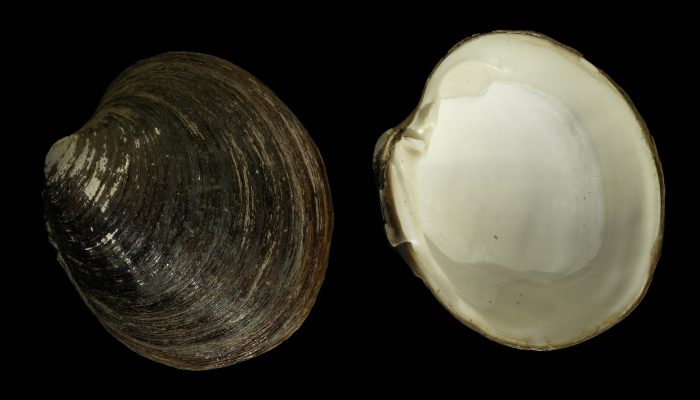Much like trees, clam shells have growth rings. The chemistry of these rings can be used as a proxy for ocean chemistry. Recently, an international team of scientists used the growth rings found in shells of Arctica islandica to produce an annual absolutely dated marine δ18O record for the last millennium which was published in Nature Communications. The record represents the first fine scale arch ...[Read More]
Coffee break biogeosciences–in situ sub-millimeter scale resolution imaging of benthic environments

Coral reefs and other benthic marine ecosystems play a very important role in the biogeochemical cycles of our oceans. However, laboratory based study of these environments ranges from being difficult to actually impossible. In order to look at the microscopic-scale processes that occur in the benthic environment a team of scientists developed the Benthic Underwater Microscope (BUM). The device, w ...[Read More]
Coffee break biogeosciences – climate change affects mountain plant’s sex ratios

As climate change progresses, widespread changes in phenotypes in many plant populations are bing observed by scientists around the world. For instance in alpine areas, dominant plant species on lower altitude are shifting towards higher altitude as they adapt to increasing temperatures, thereby competing with high-altitude native plant species. In a recent study by Petry et al. (2016) it was show ...[Read More]
Coffee break biogeosciences–The oldest known fossilized active root meristem

Meristems are groups of undifferentiated cells found in growth zones of plants. Active meristem zones have a different cellular organization than inactive zones, and up until recently no fossilized active root meristem had been found. A team of scientists recently found and described the fossilized remains of an actively growing root meristem dating from the Carboniferous. The fossil, named Radix ...[Read More]
Coffee break biogeosciences–Urban bees found to feed on flowers

Honey bees, a highly important pollinator, have suffered a number of declines and population collapses in recent years. The growth of urban centers has contributed to a loss of foraging habitat and an introduction of new food sources. A recent study conducted across the rural-urban boundary of Raleigh, North Carolina, USA examined the feeding sources of urban and rural honey bees using δ13C measur ...[Read More]
Coffee break biogeosciences – New coral reef at Amazon river mouth discovered

At the Amazon river mouth, a huge 9,300 sq km coral reef system has been found below the muddy waters off the mouth of the river Amazon. As corals mostly thrive in clear, sunlit, salt water, and the waters near the mouth of the Amazon are some of the muddiest in the world, the discovery of this almost 2000 km long reef leaves scientists puzzled about the potential extent of coral reefs worldwide. ...[Read More]
Coffee break biogeosciences – using truffle dogs for science!

Coffee break biogeosciences, your bi-weekly biogeoscience cake to accompany your coffee… Do you remember your last scientific conference? Did you also find the scientific coffee break discussion as interesting as the scientific talks? If yes, these short blog posts will allow you to keep the interesting coffee break discussions going as we´ll give you on a bi-weekly basis your scientific bio ...[Read More]

